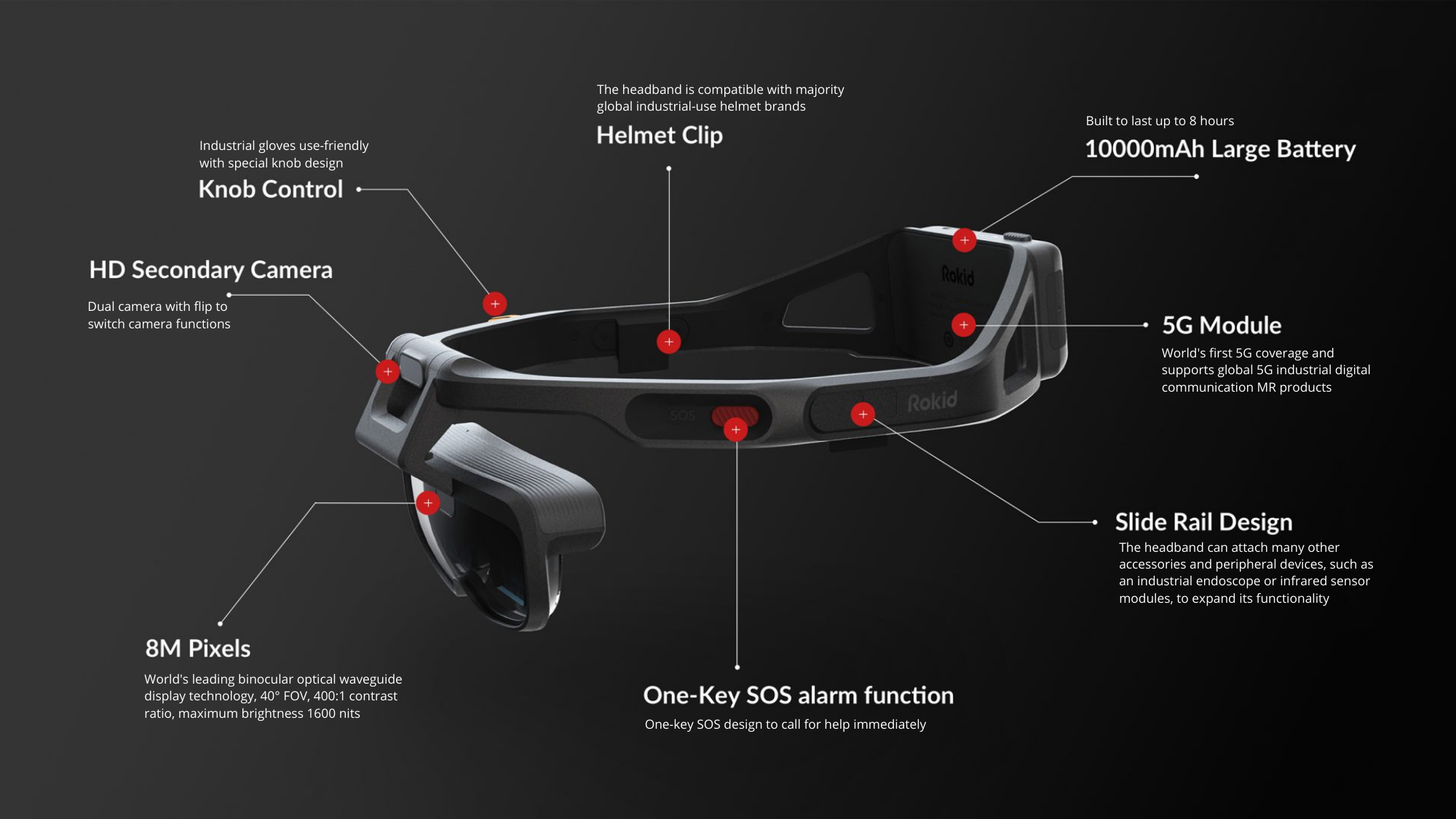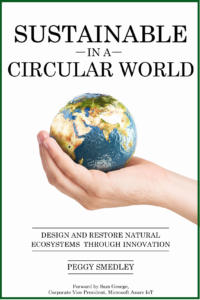In case you have forgotten, there was a massive movement towards remote “work-at-home” during the COVID-19 pandemic’s first two years. Everything slowed down while people learned how to get their home computers to act like their office computers. High-speed Internet connections became the gold standard. Childcare for those students locked out of their school, and “how to Zoom” classes were even more valuable.
But for the most part, we survived and learned from those inconveniences. The global pandemic shift to hybrid workforces has had time to shake out and the result looks to be a long-term impact on the future of work. Hybrid work, when coupled with the build-up to what has been called the “metaverse,” is creating a foundation for both the collaboration market at large and the immersive market.
How big a market? ABI Research expects the immersive collaboration market to eclipse $22 billion by 2030, representing nearly 35% of the total collaboration market made up of software/services, dedicated video collaboration, and hardware. Growth in some areas of the market is expected to slow, however, as more of the workforce returns to the office and in-person events resume. Still, the growth curve is not expected to shift down to pre-pandemic trends.
In their report Enterprise Metaverse: Future of Work, ABI Research takes a deeper look at what the metaverse is and what it can be. They see many people thinking in terms of deeply immersive 3D worlds and a dramatically different way of engaging with content, services, and work. While this long-term vision could one day come to fruition, there are significant steps and transformations that must occur before we arrive there.
When we think of the metaverse, it is equally important to consider the buildup to its future, rather than just what that future may look like. Some companies are pushing workers to return to the office while a significant segment of the working population is committed to maintaining a more flexible, hybrid approach to in-office and remote.
To support the hybrid workforce, more companies are converting (or will convert) significant amounts of office space to collaboration versus individual offices. This includes an expansion of conference rooms and “huddle spaces” and, more critically, the penetration rates of video enabled meeting spaces, which by many accounts currently sits below 10% of meeting rooms.
Virtual communications, moving workflows to the cloud, and the growing presence of immersive (i.e., avatars in video conferencing services, virtual spaces to collaborate) are all precursors to what the future of work will look like. The road to the metaverse will be long, but in notable cases, a clear picture of what this future will look like on the enterprise side compared to the consumer space is coming into focus.
NVIDIA’s Omniverse platform is already showing the power of simulations and interoperability between applications in creating workflow efficiencies. Relatedly, there is a general push toward interoperability and support for third party applications that is currently lacking on the consumer side.
According to ABI Research, one key event for both consumer and enterprise will be the arrival of mainstream smart glasses. These devices will dramatically shift how and when communications and collaboration can and will happen. Smart glasses will significantly shift the demands on connectivity, performance of services, and compute – extending opportunities from the metaverse to a wider breadth of companies and industries.
Global Industry Analysts estimated the global market for smart (augmented reality) glasses at 255,600 units in 2020 and is projected to reach a revised size of 15.8 million units by 2027, growing at a compound annual growth rate of 80.3% over the period. Simple assisted reality glasses, one of the segments analyzed in their report, is projected to grow at a 76.9% CAGR to reach 6.4 million units by the end of the analysis period.
In a subset of the AR glasses, the global smart helmets segment, USA, Canada, Japan, China, and Europe will drive a 71.6% CAGR, accounting for a combined market size of 2.3 million units by 2027.

One of these units of interest to construction workers is the Rokid X-Craft, an explosion-proof AR headband for hardhats. The headband, in addition to artificial intelligence and AR, also has a 5G module to ensure rapid processing and realtime information storage and transmission. The headband is equipped with a 40° field of view display and has a movable camera positioned above the eye piece. The display employs waveguide optical technology to ensure it has a see-through capability with high contrast and light transmission of up to 80%.
Want to tweet about this article? Use hashtags #construction #sustainability #infrastructure #IoT #AI #5G #cloud #edge #futureofwork


